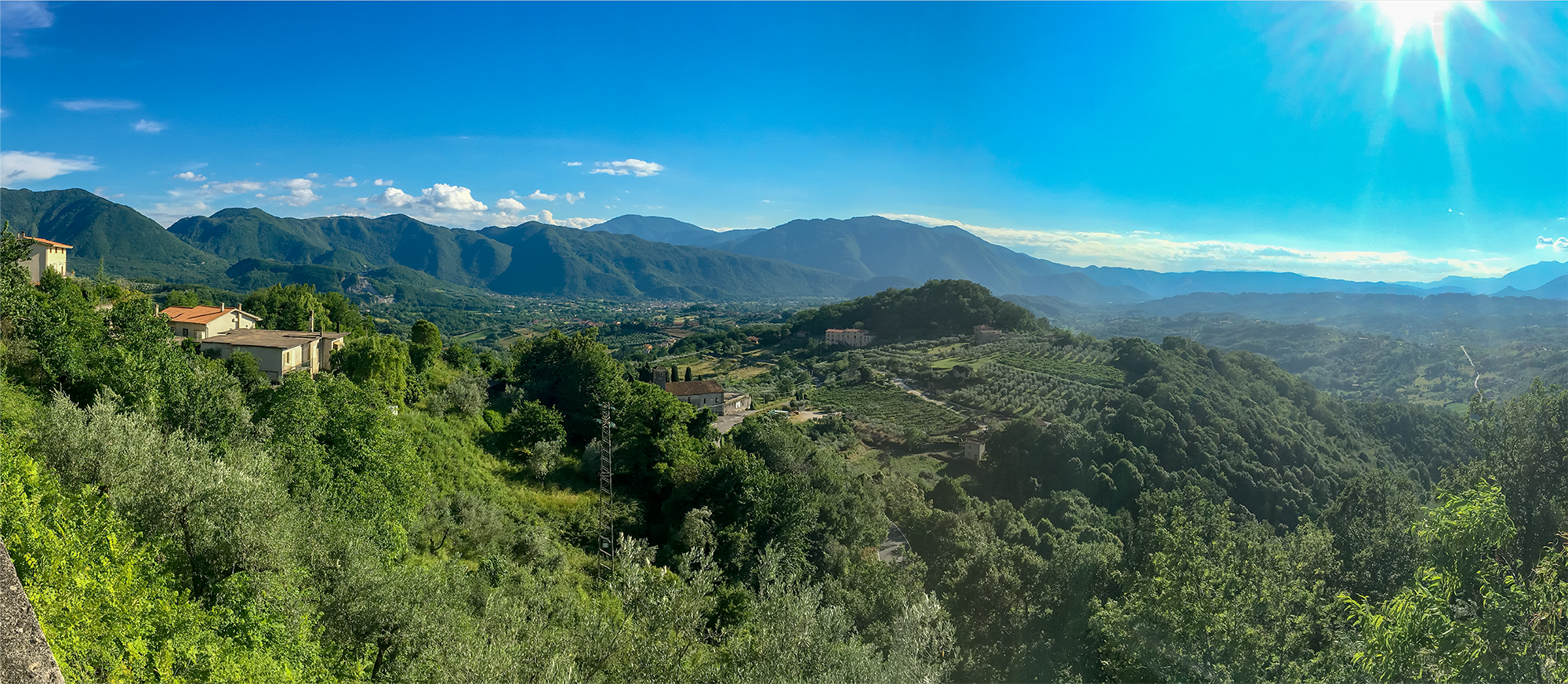
Comino Valley
DISCOVER THE GREEN AREA
OF THE “CIOCIARIA”
Valley
From a naturalistic point of view, the Comino Valley is undoubtedly one of the most beautiful places of the entire country. You can visit the megalithic walls of Atina or you will be immersed in one of the most interesting and uncontaminated oasis of central Italy, Posta Fibreno lake, or you can get lost in the labirinth of windbreaker little roads of San Donato Comino Valley, which is part of the tourist circuit “The most beautiful villages in Italy” and in 2004 won “la Bandiera Arancione”, a special award from the Italian Touring club for hospitality and quality of the events planned.
The hiking cycle (at Forca d’Acero) gives enthusiasts emotions, not different from those offered by the great Dolomite passes. Downhill and cross-country ski fields are in Prati di Mezzo (Picinisco) and in Forca d’Acero, but ski mountaineering trips to Monte Meta are popular too.
Rock climbing takes place all year round in Picinisco and in the Gole del Melfa (Roccasecca). The Posta Fibreno lake has always been frequented for scuba diving or freediving.
Paragliding and hang gliding are very popular in this Valley. There is also birdwatching and the most traditional picnic.
While you are enjoyng nature, you can also discover the artisanal traditions of these little villages, such as “terracotta”, wicker, wrought iron, copper or bagpipes (Villa Latina and Acquafondata); the stonemasons (S. Donato V.C.).
Flourishing and well organized are the farms where you can taste the genuine flavors of the countryside and peasant cuisine, ranging from trout Fibreno to olives, cheese (delicious pecorino cheese Picinisco), from honey to the famous beans “cannellini! and Cabernet Atina.
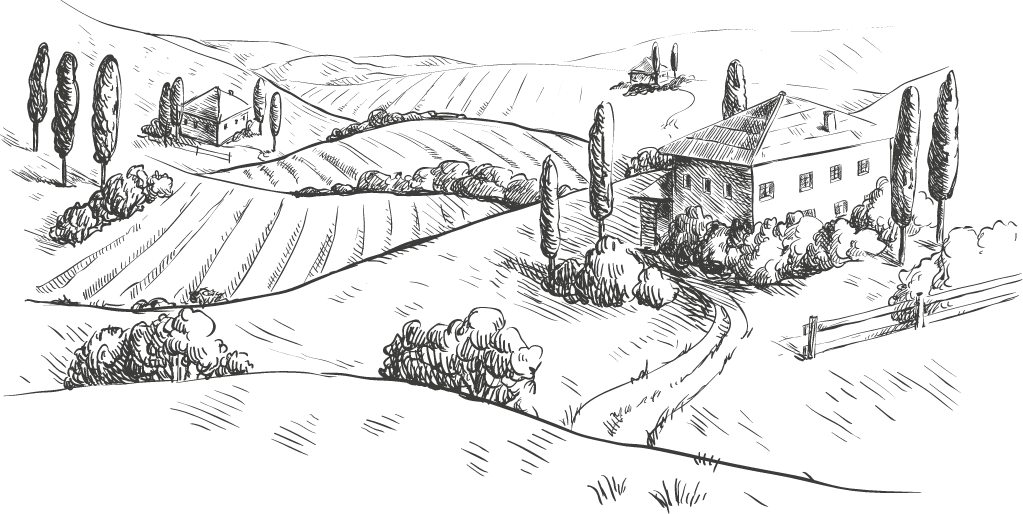
THINGS TO DO AND SEE AROUND
Abbey of Montecassino
a 34km

Abbey of Montecassino is a Benedictine monastery located on the top of Montecassino hill, in Lazio. The abbey of Montecassino is the oldest monastery in Italy along with the monastery of Santa Scolastica. Founded in 529 by San Benedetto da Norcia on the site of an ancient tower and a temple dedicated to Apollo, the Abbey suffered during its history countless destruction, looting and earthquakes and subquent reconstruction. Since December 2014 the site has been managed by the “Polo Museale del Lazio”.
I Monti della Meta
The Monti della Meta (2242 m) are a massif of central Italy located around the junction point of the boundaries between the regions of Lazio, Abruzzo and Molise. The route goes through a fabulous secular beech wood and then continues into an alpine environment between debris, scree, small snowfields and huge calcareous blocks with spectacular views of the Val Pagana woods and Metuccia peaks. From the top you can enjoy a breathtaking three hundred and sixty view looking at the island of Ponza and the “Gran Sasso” peaks, but also the Vesuvius and Majella.
a 14,5km
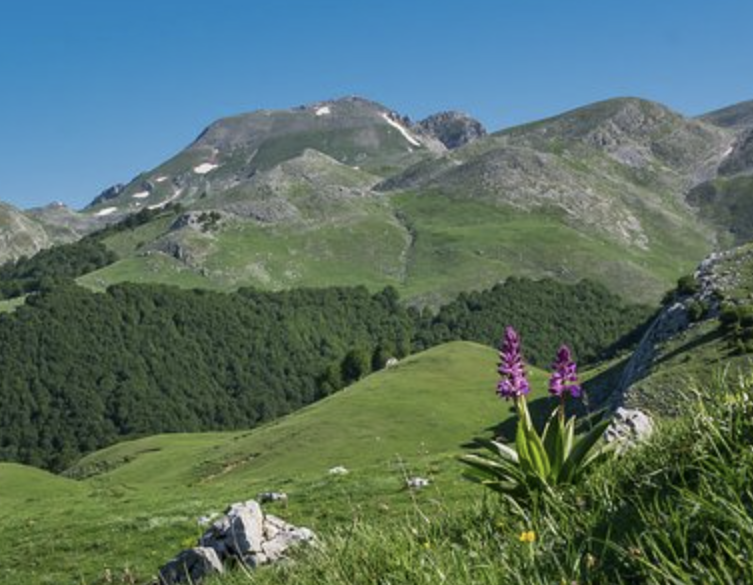
Abbey of Madonna di Canneto
a 14km
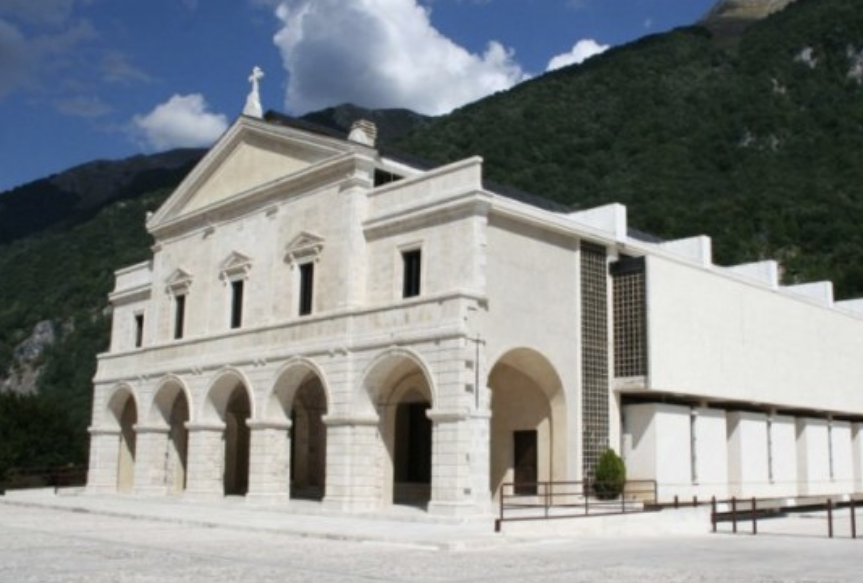
The Sanctuary of Canneto (the official name is “Basilica Pontificia Minore di Maria Santissima di Canneto”) is located in the area of Settefrati at 1030m a.s.l., within the national park of Abruzzo, Lazio and Molise, in the province of Frosinone, about 10 kilometers driving from the city centre. It is the destination of an ancient pilgrimage coming both from foreign countries and from various Italian regions, particularly intense between the 2th0 and 22th of August. It belongs to the diocese of “Sora-Cassino-Aquino-Pontecorvo”.
Posta Fibreno lake
Lake Posta Fibreno, also known as Lake Posta, is located in the Comino valley, on the border of Lazio with Abruzzo and Molise, at the center of the homonymous reserve in the province of Frosinone. In addition to its endemic fauna, the lake is also known for a unique curiosity consisting of a natural floating island of about four meters thick formed by rhizomes, peat and roots, already described by Pliny the Elder in the past.
a 25km
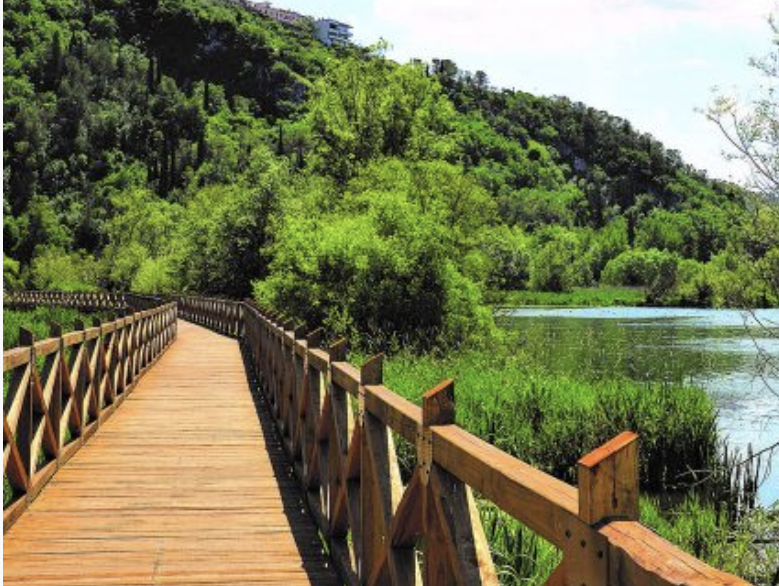
Casamari Abbey
a 40km
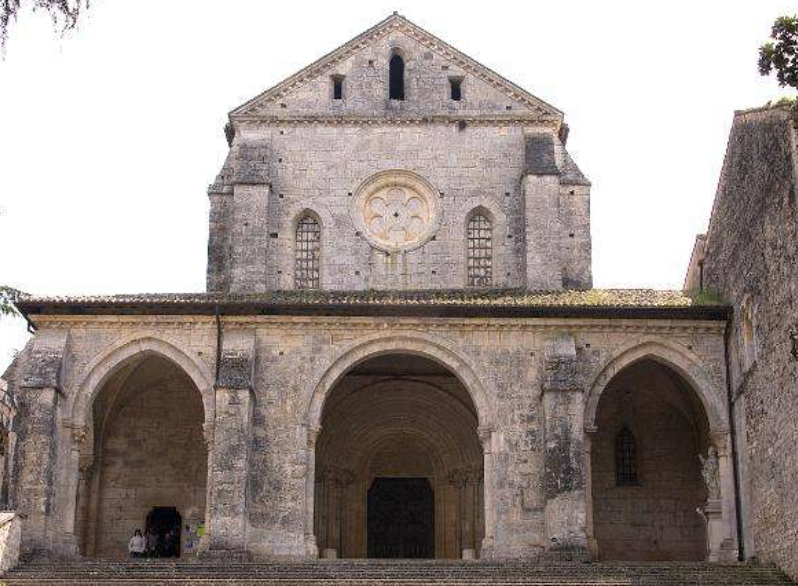
Casamari Abbey is one of the most important Italian monasteries of Cistercian Gothic architecture. It was built in 1203 and consecrated in 1217. It is located in the municipality of Veroli, district area of “Frosinone”. It was built on the ruins of the ancient Roman town hall called Cereatae, because it was dedicated to the goddess Ceres. The name Casamari, from Latin language, means “House of Mario”, homeland of Gaius Marius, famous leader, seven times consul and opponent in the civil war Sillanella of 88 BC. It is also remembered in the name of the road along which stands the abbey (which connects Frosinone with Sora): via Mária.
Castello di Vicalvi
The castle of Vicalvi, dating back to the eleventh century, is located on the top of the hill in the homonymous country of the “Comino” Valley, “Lazio” side of the national park of “Abruzzo, Lazio and Molise”, district area of “Frosinone”. Although presented as ruins, the two polygonal walls, almost intact, form a large fortified area, which allows you to read the various phases of construction, the functions and the connection with a larger defensive system, including the nearby manors of “Alvito and Picinisco.”
a 19km
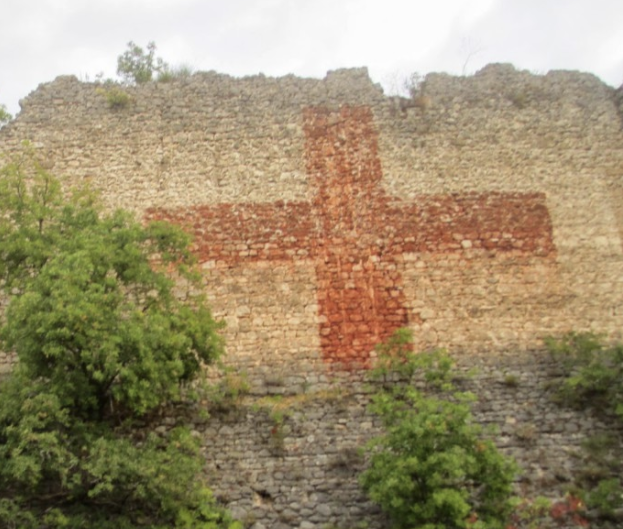
Acropoli di Arpino
a 35km
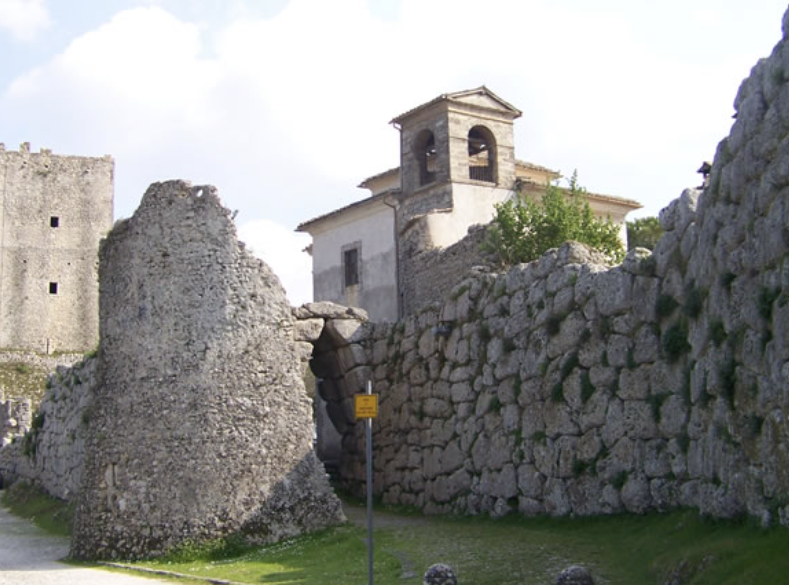
The Acropolis of Arpino is an archaeological site close to the town of “Arpino”, one of the most important examples of megalithic architecture of southern Lazio, not only for the large extension of the walls but also for their antiquity, greater than other sites (according to some experts in the middle of the Iron Age, VIII/VII century BC). The “civitas vetus” of the city is one of the best preserved walls built in polygonal work in pre-Roman era. Significant is the presence of a “pointed arch”, the only onein its kind survived throughout the Mediterranean area.